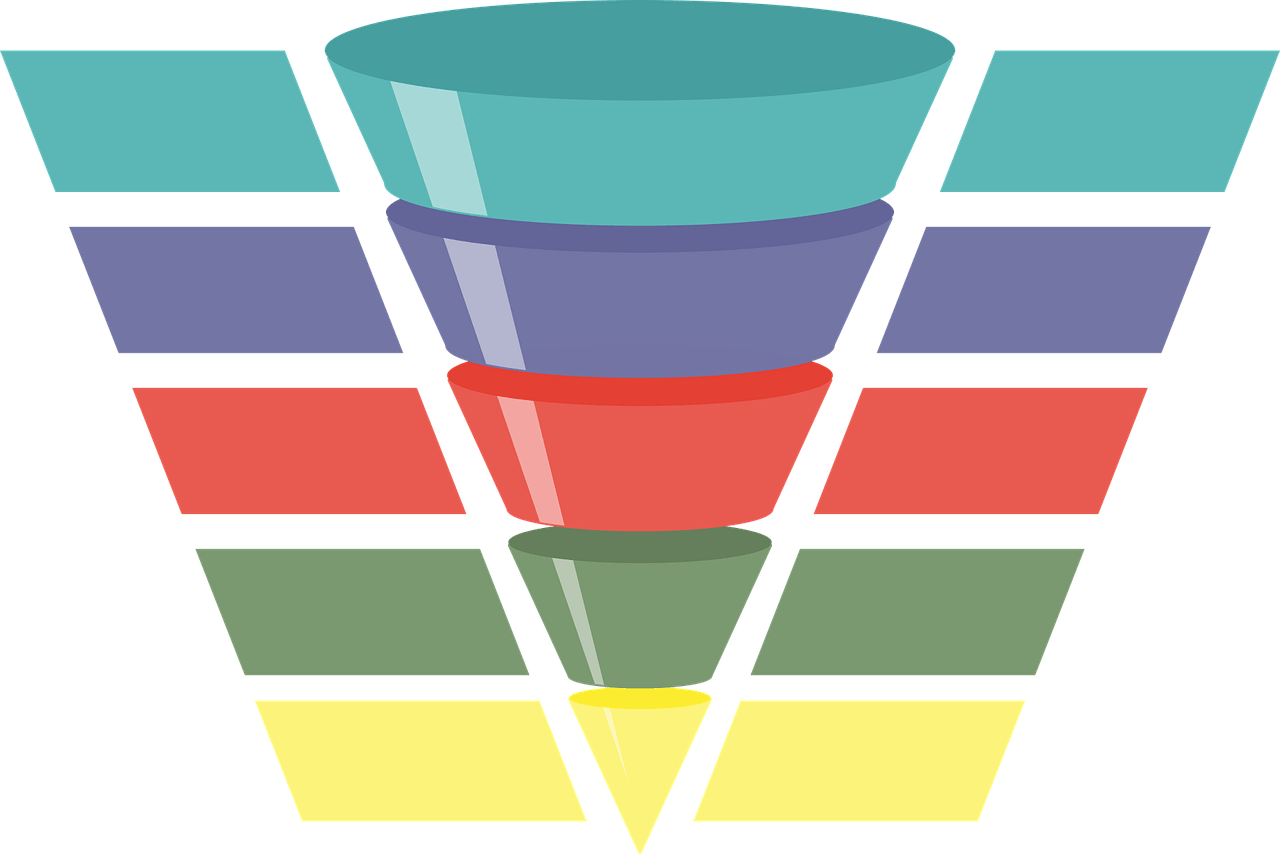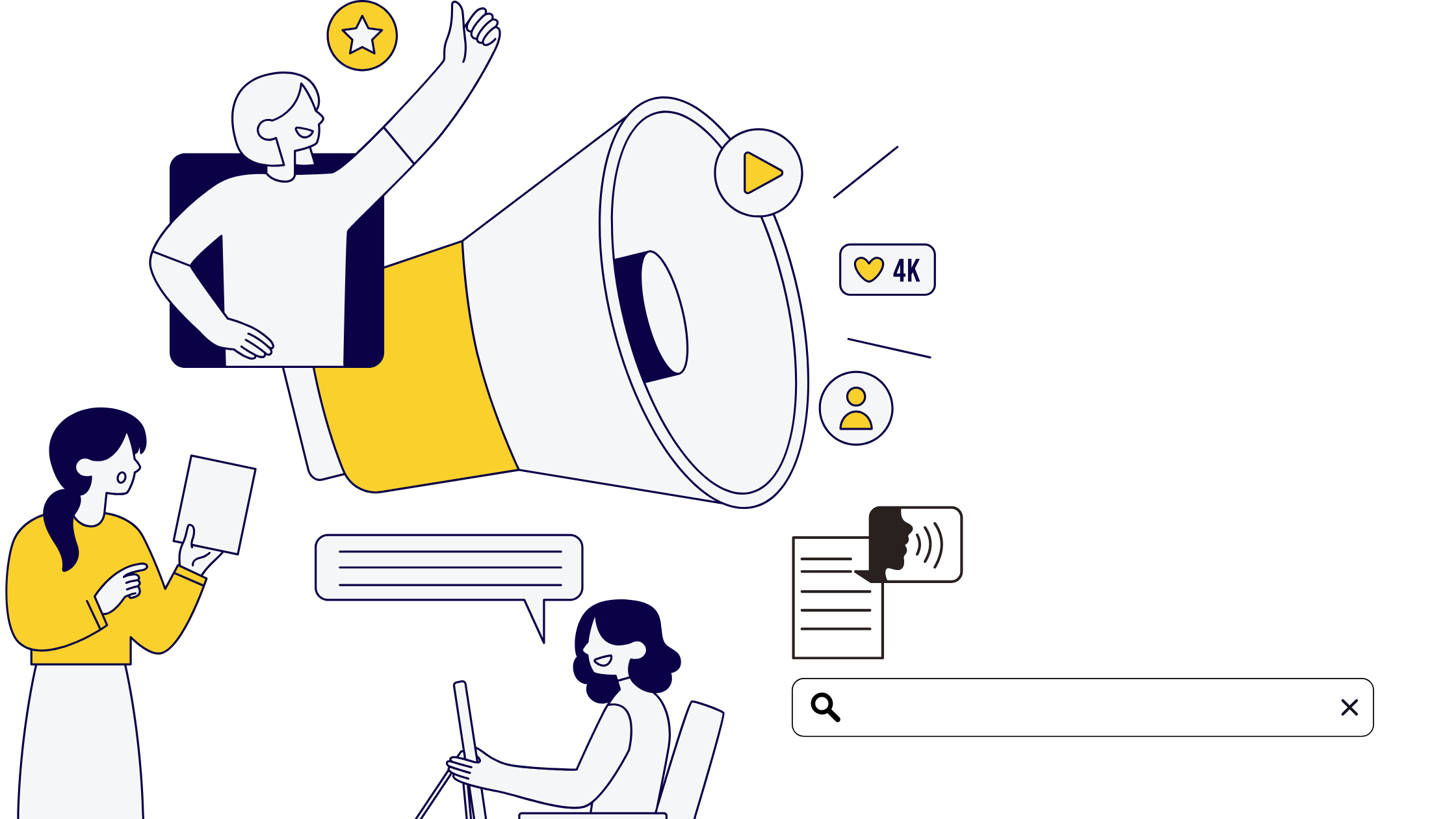If the business you’re promoting is a service, then chances are a sale happening at your sales funnel will be offline. The goal of the landing page with this type of funnel is to capture a sales lead which will be a truly qualified offline one. Here, the micro-conversions can lead to a ‘house being sold’ on a real estate website that lists multiple properties.
Micro conversions that are based on user actions include:
- the click on a particular listing that is interesting to the user
- entering personal details on the website listing
- clicking on the submit form button (their details are sent)
- or clicking on the CTA to “schedule an appointment or asking for more details”
At this point, the lead is generated and the user journey goes from online to offline. A few more steps must be taken before we reach the macro conversion.
Next, the user, who is now a lead, will;
- book an appointment to view the property
- accept the terms to purchase the property
- arrange the necessary funds for payment
And finally, close the deal thus signifying a macro conversion.
So, before you launch your campaign, you must go through your sales funnel and identify key components that you need to track and report. Learn the most from every click you get from your campaign. You also need to set approximate goals for the value of those steps to help you evaluate your performance once your campaigns go live.
Landing pages are another important factor when it comes to setting up a good PPC campaign. This is the page, that will represent your business when you’re not around. Hence, if this page has heavy pictures and takes time to load, the user may not convert into a paying lead.







